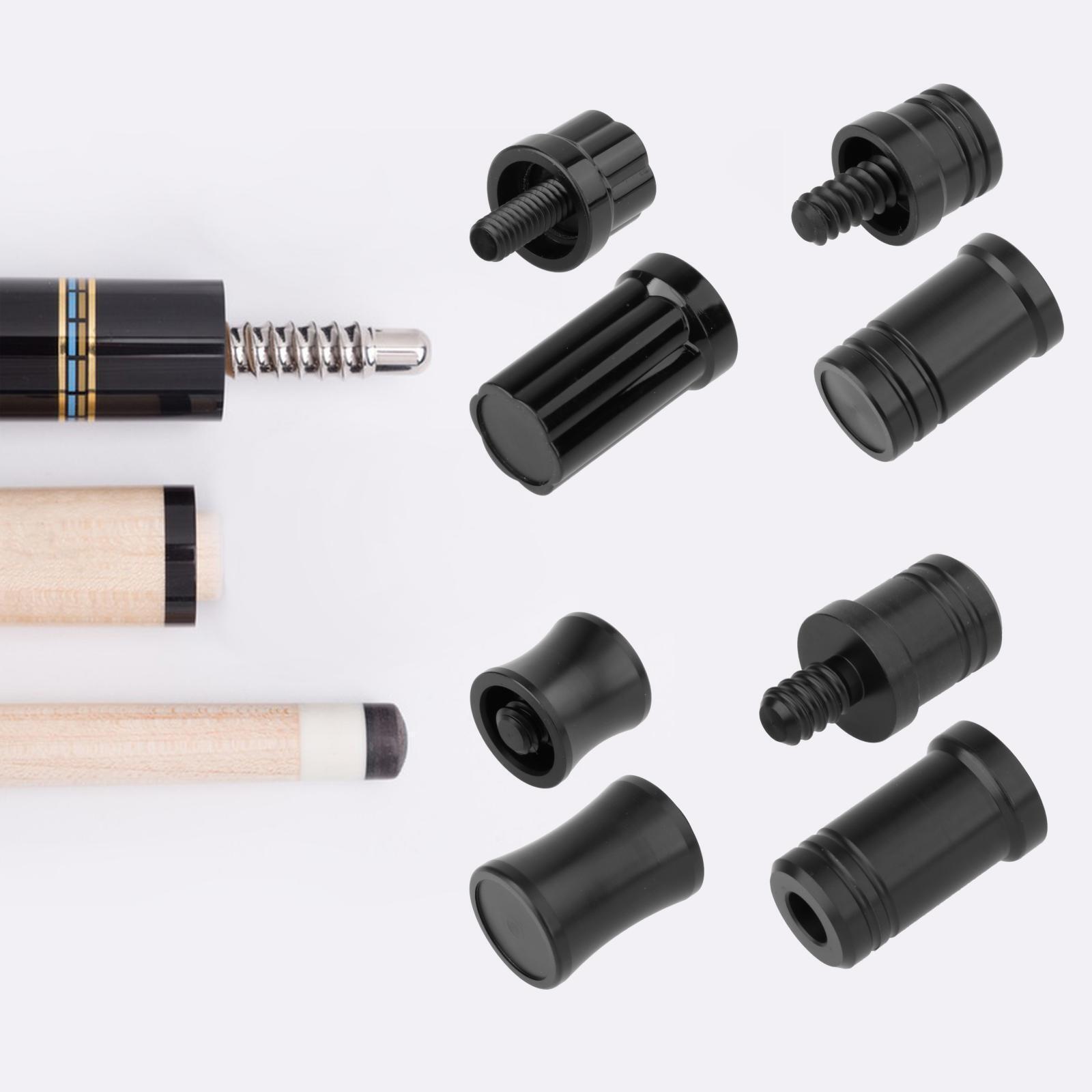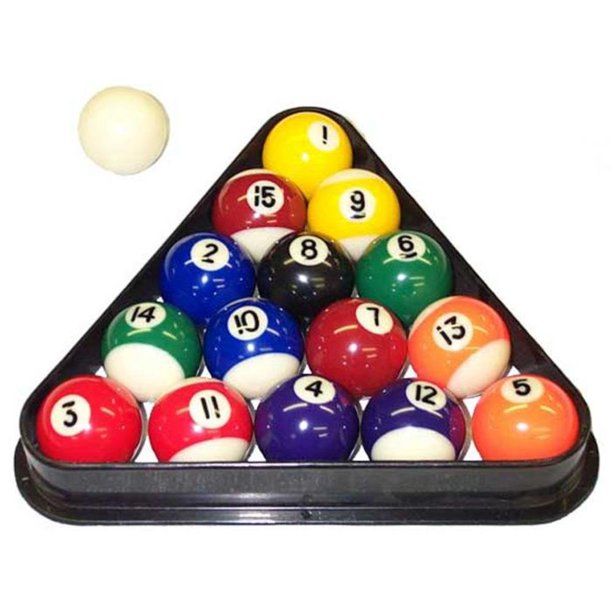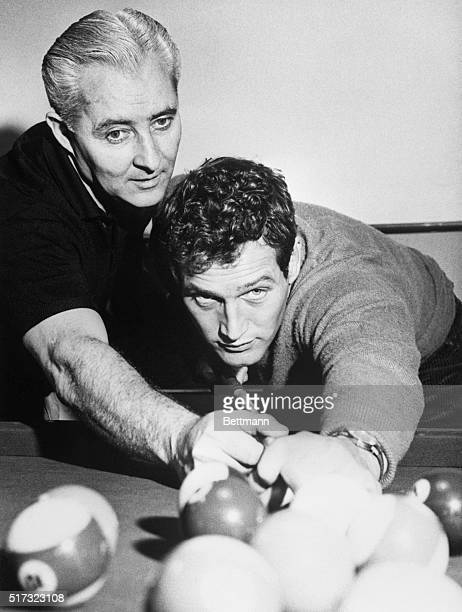
Despite not knowing the origin of the pool table's invention, it is undisputed that the game has been around for many years. The earliest record of the game dates back to 1500s Northern Europe. It was loved by all ages. It is still very popular in the United States, where it has been for many years.
The original version of pool was played with grass or a board having a hole at the center. It was played using object balls that had numbers from 1 to 15. The game was similar to croquet, in that the player shoved the ball rather than striking it. The "mace," a wooden stick used to strike the ball, was introduced in the 1600s.
The game was refined with the addition of a cue stick, a wooden hoop, and the balls. It quickly became a popular game in Europe, and eventually it was adopted by the United States. The game was popularized worldwide only after the Industrial Revolution.

Although the history of the game is not clear, there are many people who contributed to its creation. First, King Louis XI from France is credited for inventing indoor billiard tables. The game became very popular in England during the Industrial Revolution. It was very popular with the French nobility.
It became a popular game in the United States after it was introduced. Many of the earliest settlers brought the game with them to America, and tournaments were held all over the country. The game was popularized in more luxurious saloons and because the equipment was expensive, it was not affordable to lower classes.
The introduction of ivory as a ball matter made the history of the game even more complex. Ivory was originally made out of elephant tusks. Ivory gained popularity in the 17th century. However, it was not indestructible and could crack when subjected to excessive force.
In the 1920s, pool balls made from ivory were replaced with a new material. This new ball material was made with a mixture between nitrocellulose & camphor. It can explode when it is struck with extreme power.

This new ball material is called a composite. The nitrocellulose wasn't very stable, but it was a more inexpensive replacement for ivory. After a while, the stick and hoop were abandoned. The cue tip was also changed to a leather tip, which improved ball hitting.
The game developed over time and was popularized in the United States in the late 1800s. John Wesley Hyatt (a billiards gamer) invented a ball out of camphor, nitrocellulose, and in the late 1870s. This ball material was not stable and could explode when hit with extreme force.
Michael Phelan (a successful pool player) was another key figure in developing the game. Phelan, whose father immigrated from Ireland into the United States in 1883 and Michael followed him to the pool hall trade, was born in Ireland. Phelan eventually wrote a book called pool which inspired a new generation.